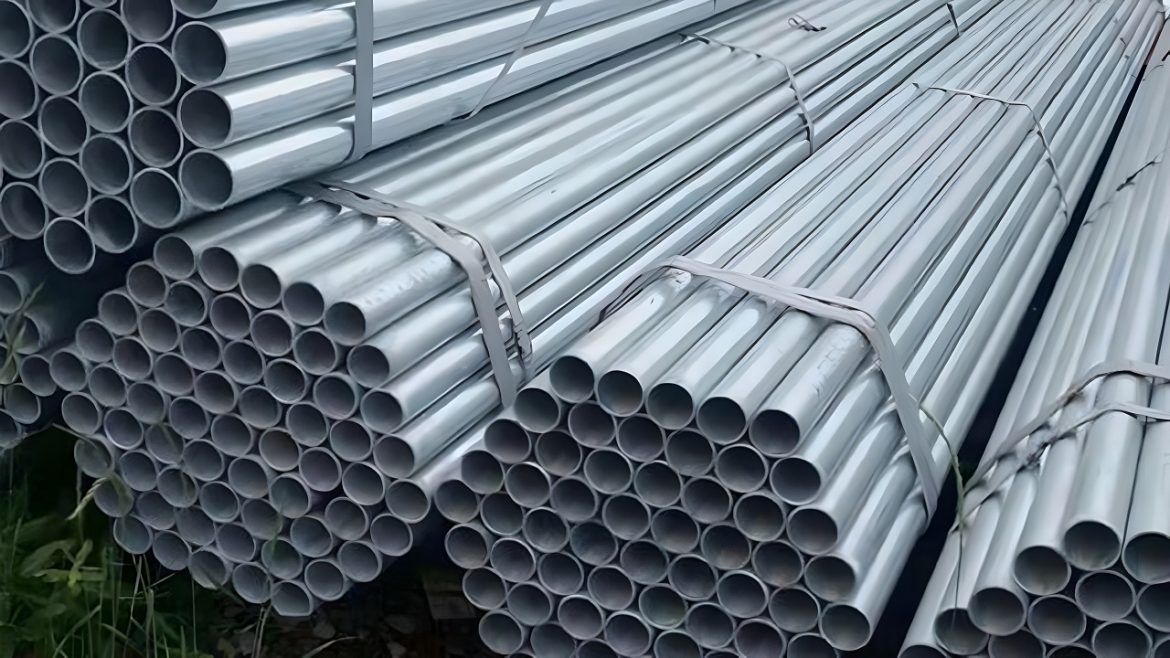Knowing the differences between the different grades of steel tubing is crucial when trying to find the right material for a building project. Cold-formed welded and seamless steel structural tubing are the subject of ASTM A500, a common industry standard. Grades B and C are two common choices within this specification; they have their own set of advantages and disadvantages. Here, we’ll explore the differences between ASTM A500 Gr. B Structural Steel Pipe and Grade C steel tubing so you can make an choice for your own work.
Comparison of Tensile and Yield Strength
The yield and tensile strengths are one of the main distinguishing characteristics between Grade B and Grade C steel tubing. Grade B steel tubing must have a tensile strength of at least 58,000 psi and a yield strength of at least 46,000. The minimum yield strength of Grade C steel tubing is 50,000 psi, while the minimum tensile strength is 62,000 psi. Because of this, Grade C tubing is ideal for uses that call for increased load bearing capacity.
Application Considerations
Whether you go with Grade B or Grade C steel tubing is heavily dependent on its final use. Grade B steel tubing is frequently used in building because its moderate strength is sufficient for many applications. Steel framing and beams are just two examples of where it is put to use. Grade B tubing is widely used in construction because of its affordability and adaptability.
Projects that will be subject to extreme stress or strain are better suited to Grade C steel tubing, which has greater yield and tensile strengths. This encompasses uses in transportation systems, utility networks, and manufacturing facilities. Grade C tubing may be the best choice if your project will require the support of heavy loads or increased resistance to external forces.
Ability to be Shaped and Welded
The formability and weldability of each grade should also be taken into account. Grade B steel tubing is more malleable and can be bent or shaped into your desired form. This quality can be useful when dealing with intricate patterns and curved frameworks. Grade B tubing is easily welded, so it can be joined to other materials reliably.
Due to its higher tensile properties, Grade C steel tubing may be slightly less formable than its lower-tensile counterparts. The degree to which it can be formed is still acceptable for many uses. Grade C tubing is also suitable for welding, though additional safety measures may be required to guarantee a leak-free joint.
Thinking About the Price
Decisions about a project’s direction frequently centre on its cost. Steel tubing of Grade B is less expensive than other grades because its yield and tensile strengths are lower. Because of its low cost, it is a good option for low-budget projects. Grade C steel tubing, on the other hand, has a slightly higher price due to its increased strength and performance. The most cost-effective solution for your project can be found by balancing the benefits of enhanced structural integrity against the associated costs.
Conclusion
In conclusion, it is important to carefully assess the needs of the project when deciding between ASTM A500 Grade B steel tubing and Grade C steel tubing. Because of its affordability and adaptability, grade B tubing can be used for a wide range of building projects. When greater load bearing capacities and resistance to external forces are required, however, Grade C tubing steps up to the plate. You can confidently choose the grade that fits your project’s specifications and goals by thinking about things like strength, formability, weldability, and cost.
